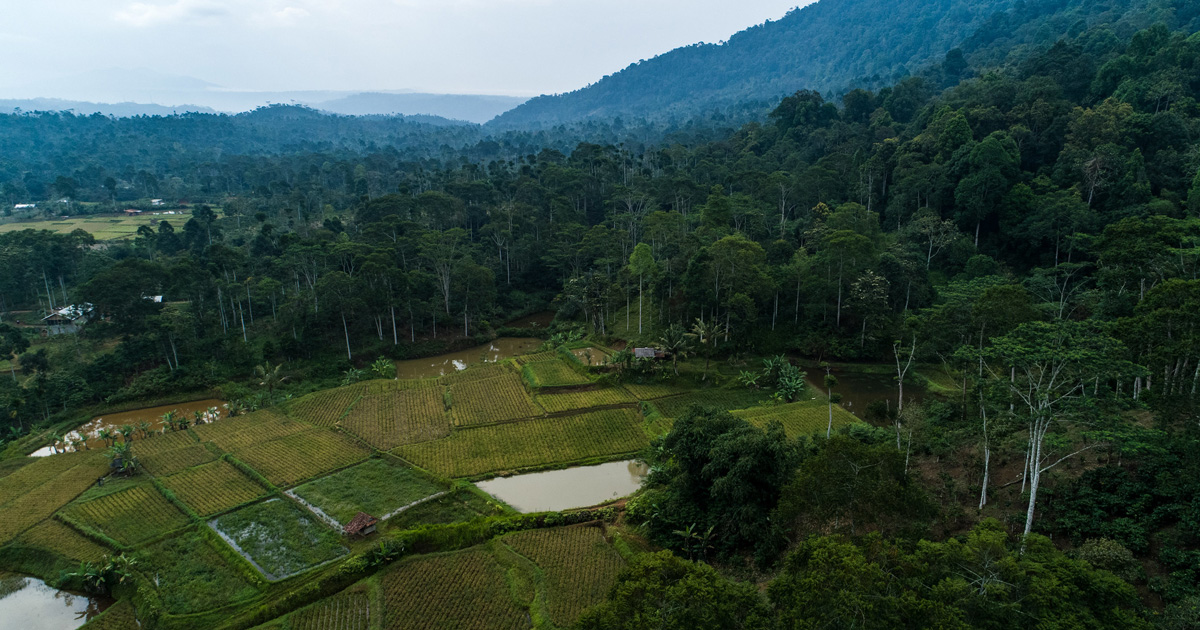Quantifying and monitoring the risk of defaunation and extinction require assessing and monitoring biodiversity in impacted regions. Camera traps that photograph animals as they pass sensors have revolutionized wildlife assessment and monitoring globally. We conducted a global review of camera trap research on terrestrial mammals over the last two decades. We assessed if the spatial distribution of 3395 camera trap research locations from 2324 studies overlapped areas with high defaunation risk. We used a geospatial distribution modeling approach to predict the spatial allocation of camera trap research on terrestrial mammals and to identify its key correlates. We show that camera trap research over the past two decades has not targeted areas where defaunation risk is highest and that 76.8% of the global research allocation can be attributed to country income, biome, terrestrial mammal richness, and accessibility. The lowest probabilities of camera trap research allocation occurred in low-income countries. The Amazon and Congo Forest basins – two highly biodiverse ecosystems facing unprecedented anthropogenic alteration – received inadequate camera trap research attention. Even within the best covered regions, most of the research (64.2%) was located outside the top 20% areas where defaunation risk was greatest. To monitor terrestrial mammal populations and assess the risk of extinction, more research should be extended to regions with high defaunation risk but have received low camera trap research allocation.
Download:
DOI:
https://doi.org/10.1002/rse2.360
Altmetric score:
Dimensions Citation Count:

























